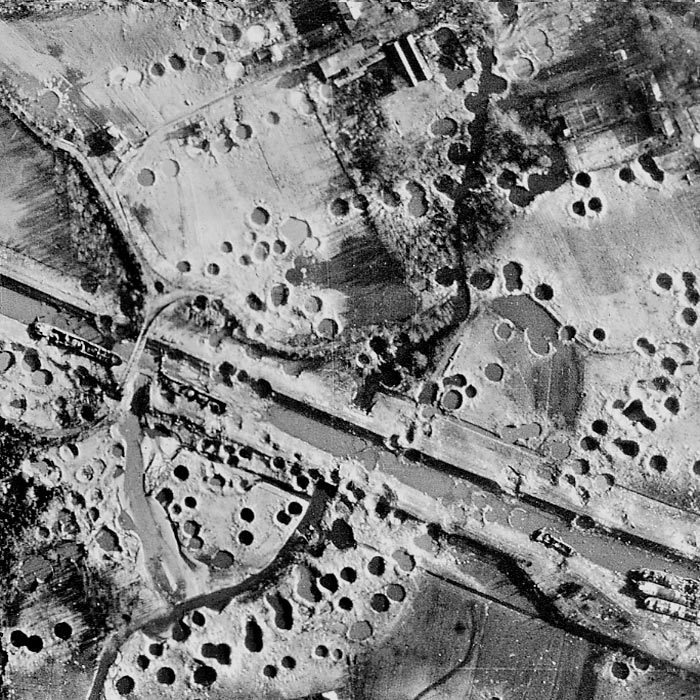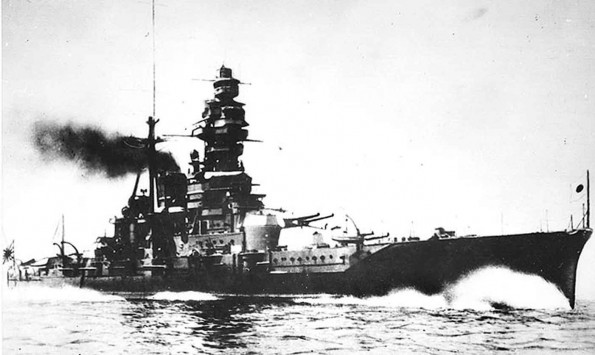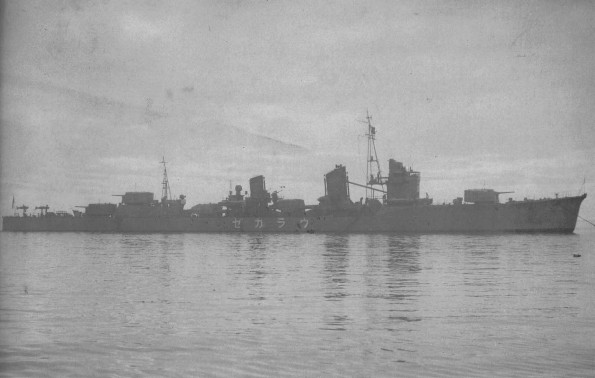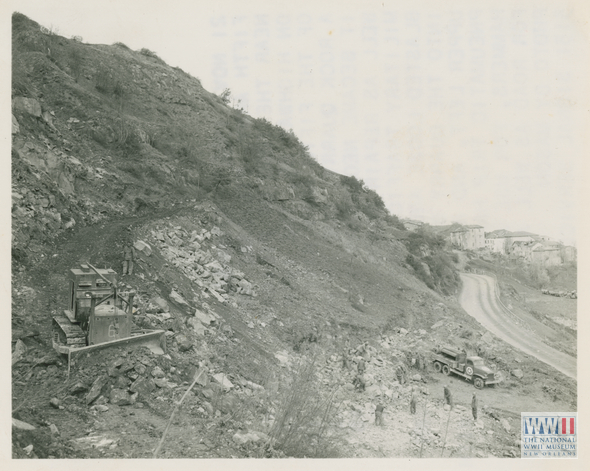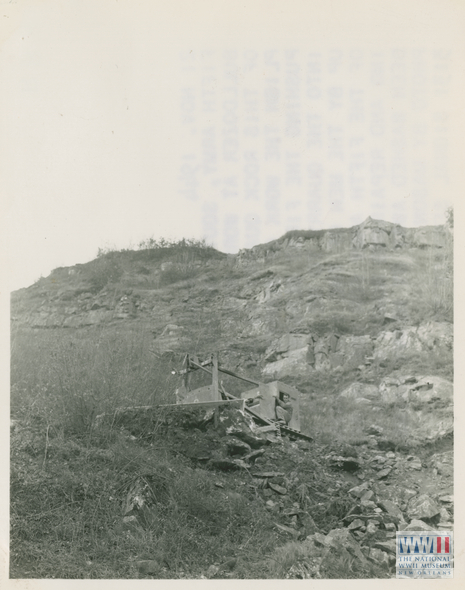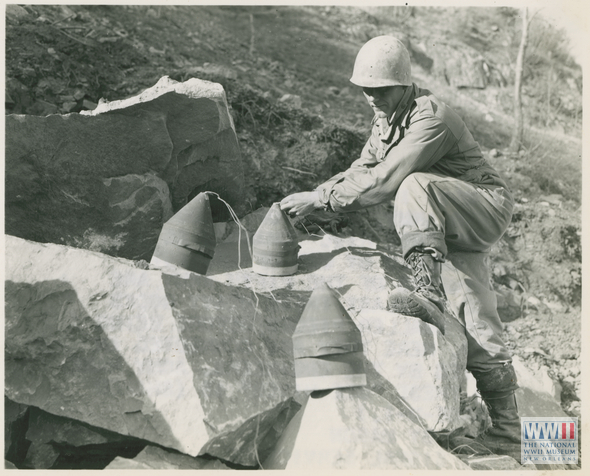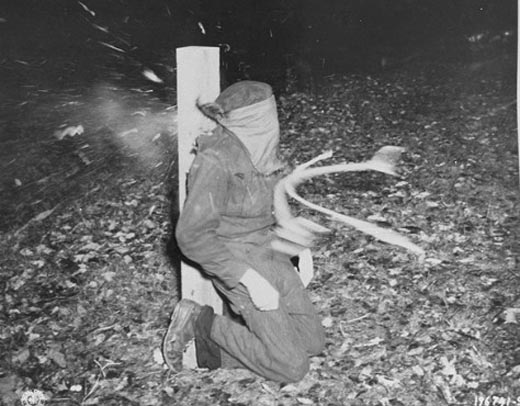Air Operations, Bonin Islands
30th Heavy Bombt Group B-24s attack shipping and naval base facilities at Chichi Jima and Haha Jima.
[Air Operations, CBI
BURMA- 10 10th Air Force B-25s attack bridges at Bawgyo and Hsipaw.
- 37 10th Air Force P-47s attack troops, defensive positions, and supplies at five locations.
- 28 P-47s support Allied ground forces around Bhamo and Pinwe.
- 15 P-47s attack targets of opportunity while sweeping the road between Kyaukme and Namyao.
- 42 14th Air Force fighter-bombers attack fuel dumps and the town area at Ishan, and road and rail traffic and targets of opportunity around Chiuchiang, Foochow, Wanling (Burma), and several other locales.
- 13 58th Very Heavy Bomb Wing B-29s unable to attack their primary target in Japan attack Shanghai and other alternates or targets of opportunity.
- A 426th Night Fighter Squadron P-61 crew downs a twin-engine bomber near the airfield at Chengtu at 2000 hours.
- Another P-61 crew probably downs another twin-engine bomber an hour later in the same area.
Air Operations, East Indies
- FEAF B-24s attack the Ambesia airfield and the Kendari areea on Celebes.
- B-25s attack the Langoan and Mapanget airfields on Celebes.
Air Operations, Europe
RAF BOMBER COMMANDDaylight Ops:
- 160 Lancasters of No. 3 Group are sent to hit the Homberg oil refinery. The bombing is scattered at first but then becomes very concentrated, culminating, according to the Bomber Command report, in 'a vast sheet of yellow flame followed by black smoke rising to a great height'. This is a very satisfactory raid after several previous attempts by Bomber Command to destroy this oil refinery.
- 3 Lancasters are lost.
- 2 Wellingtons make RCM sorties.
- 274 Lancasters and 9 Mosquitos of Nos. 1 and 8 Groups are sent to Aschaffenburg. The object of this raid is to destroy the local railway yards and lines. The local report says that 50 bombs fell in the railway area, causing much damage to the marshalling yards and railway workshops but the main through lines were not cut. Many other bombs fall in the center and north of the town. About 500 houses are destroyed and 1,500 seriously damaged. Many old buildings are hit, including the local castle, the Johannisburg, which is hit by 5 high-explosive bombs and has a 4,000lb 'blockbuster' burst near by. The roof and upper stories of the castle are burned out.
- 2 Lancasters are lost.
- 176 Halifaxes, 79 Lancasters and 18 Mosquitos of Nos. 1, 6 and 8 Groups are sent to hit the oil refinery at Castoop-Rauxel. The local report says that 216 high-explosive bombs, 78 duds and many incendiaries hit the oil plant and caused such a large fire that the fire-fighters could do little more than allow it to burn itself out. It is believe that the refinery produced no more oil after this raid. Bombs fall in many other places, including some important industrial and coal-mining premises.
- 4 Halifaxes are lost.
- 270 aircraft including 232 Halifaxes, 20 Mosquitos and 18 Lancasters of Nos. 4 and 8 Groups are sent to bomb Sterkrade. The target is again the synthetic oil refinery. Bomber Command's report says that the plant was not damaged, though some labor barracks near by were hit.
- 2 Halifaxes are lost.
- 138 Lancasters and 6 Mosquitos of No. 5 Group are sent to hit the Mittelland Canal. The canal banks are successfully breached near Gravenhorst. Later photographs showed that water drained off over a 30 mile stretch and that 59 barges were stranded on one short section alone.
- 2 Lancasters are lost.
- 123 Lancasters and 5 Mosquitos of No. 5 Group are sent to attack the Dortmund-Ems Canal. The canal is hit near Ladbergen with some of the Lancasters coming down to 4,000ft to get beneath the cloud. A breach is made in the only branch of the aqueduct here which had been repaired since the last raid and the water once again drains out of the canal.
- There are no losses.
- 29 Mosquitos are sent to Stuttgart, 26 to Hannover, 19 to Worms and 4 to Wesel, 24 Halifaxes and 18 Lancasters lay mines off Oslo, 9 aircraft are on Resistance operations, and there are 80 Mosquito patrols and 38 RCM sorties.
- 2 Mosquitos and 1 Halifax of No. 100 Group are lost along with 1 mine-laying Lancaster.
GERMANY:
- 200 1st Bomb Division B-17s attack a synthetic-oil plant at Marseburg.
- 349 2nd Bomb Division B-24s attack two synthetic-oil plants at Hamburg.
- 155 3rd Bomb Division B-17s divert to their secondary, a marshalling yard at Osnabrudk.
- 422 heavy bombers attack numerous targets of opportunity and targets of last resort.
- 25 heavy bombers and 15 of 858 VIII Fighter Command escorts and scouts are lost in the face of heavy Luftwaffe fighter opposition.
- USAAF fighter pilots down 76 Luftwaffe fighters over Germany between 1125 and 1415 hours.
GERMANY:
- 9th Bomb Division bombers attack ground defenses and rail bridges.
- 9th Air Force fighter-bombers support US Army ground forces in western Germany and along the Franco-German frontier.
ITALY:
- 12th Air Force B-25s attack ground defenses and troop concentrations in the British 8th Army battle area.
- XXII TAC P-47s support the US 5th Army and attack supply dumps and the rail line through Brenner Pass.
YUGOSLAVIA:
- 25 15th Air Force B-24s attack troop concentrations, highways and rail lines.
- 242 15th Air Force P-38s strafe or dive-bomb numerous road and rail targets throughout southern Yugoslavia.
Air Operations, Japan
- 61 of 109 58th Very Heavy Bombt Wing B-29s dispatched from Chengtu, China attack an aircraft factory at Omura with 199 tons of bombs. 6 B-29s are lost in the dayís operation, including one that lands in the Soviet Union. This mission turns out to be the XX Bomber Commandís largest of the war.
- A Saipan-based F-13 of the 20th Air Forceís 3rd Photographic Reconnaissance Squadron is downed while photographing targets in the Nagoya area.
Air Operations, Philippines
- FEAF B-24s attack the Lumbia airfield and the Matina airfield on Mindanao.
- V Fighter Command fighter-bombers attack supply dumps and barges around Ormoc and targets of opportunity across the central Philippines.
- 35th Fighter Group P-47s down a Ki-46 'Dinah' reconnaissance plane, a D4Y 'Judy' dive bomer, and an A6M Zero over Negros at 1115 hours.
China
Gen Albert C. Wedemeyer suggests to Chiang Kai-shek that he should concentrate the Chinese forces in the southwest of the area of Kunming, capital of Yunnan, to confront the Japanese threat to the Generalissimo's capital.
[China Sea
The US submarine Sealion (SS-315) sinks the Japanese battleship Kongo as well as the destroyer Urakaze in waters to the northeast of Formosa. The Kongo was actually build in England as a battlecruiser, and delivered to the Japanese in 1913. The ship was modernized in 1936-37 to gain battleship status.
[Eastern Front
Tirana is occupied by Albanian resistance fighters, the Germans having pulled out the day before. Durazzo is also taken.
SOUTHERN SECTORTirana and Durazza falls to Albanian rebels. The 46th Army finally gains a foothold on Csepel Island and immediately pushes strong forces across. The Germans begin to move elements of the Feldherrnhalle Division south to counter this threat.
[France, Home Front
Maurice Paléologue, author and diplomat, dies at the age of 85.
[Italy
The Polish 3rd, Carpathian, Div, Polish II Corps, 8th Army, opens up an offensive south of Faenza, taking Monte Fortino and pushing on to the north.
[Pacific
- US cruisers and destroyers shell the air base of the Japanese navy in Matsuwa Island, in the Kurils.
- The battleship Kongo is sunk by the US submarine Sealion (II) (SS-315) near Formosa.
- The US submarine Flounder (SS-251) attacks a Japanese convoy in the South China Sea damaging the army cargo ship Gyosan Maru (5698t). The US submarine Guavina (SS-362) completes the destruction of Gyosan Maru off Tizard's Reef.
- The US submarine Scabbardfish (SS-397) sinks the Japanese victualling stores ship Hokkai Maru (8416t) 200 miles south of Tokyo.
- The Japanese cargo ship Fukurei Maru (1398t) is sunk by marine casualty off the west coast of Korea.
Philippines
On Leyte the US advance by 32nd Div, X Corps, from the north coast is strongly held in the Ormoc Valley. The 7th Div, XXIV Corps, also begins to try to move toward Ormoc, attacking north from around Baybay.
[Western Front
The 49th and 51st Divs, 2 formations of the XII Corps, British 2nd Army, advance swiftly toward Venlo. The American 84th Div, XXX Corps, fails in its attempt to capture the villages of Müllendorf, Wurm and Beeck. In the US 9th Army sector the XIX Corps starts the final phase of the attack on the Rur River.
Units of the 10th Arm Div, XX Corps, US 3rd Army, open an offensive toward Saarbourg with task forces 'Standish' and 'Chamberlain', on the left and right flanks respectively. Their thrust is halted by the Germans on the Orscholz defensive line.
In the XII Corps sector, the 80th Div widens its bridgehead over the Nied, making contact with units of the XX Corps. The 104th Regt of the 26th Div takes Albestroff, an important road junction. US 7th Army command orders the XV and VI Corps to attack and capture Strasbourg, originally an objective only of the VI Corps, since the latter's advance is too slow.
[Images from November 21, 1944
|
|
|
|
|
|
|
|
M8 Greyhound from 30th Infantry Division |
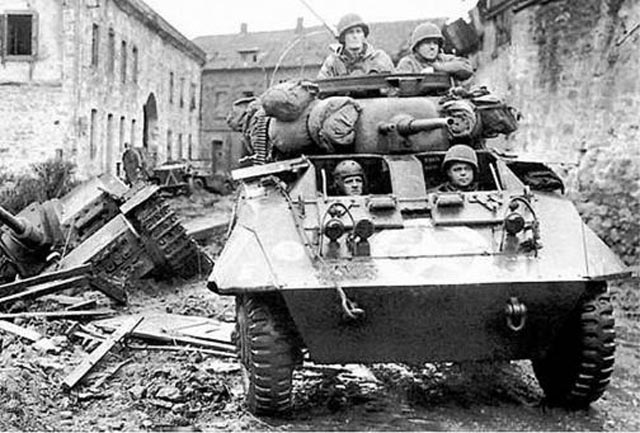 |
